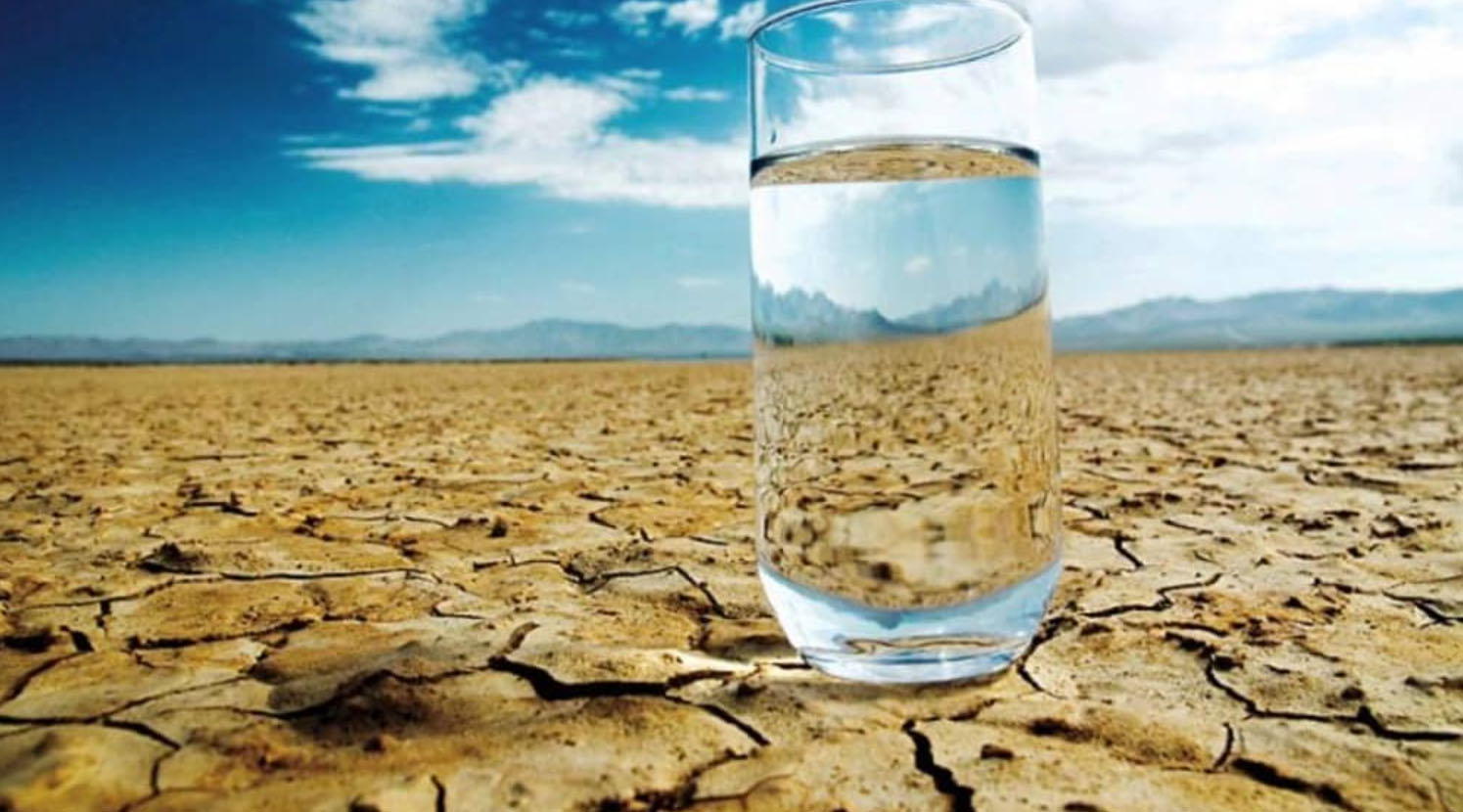Markets
At the current consumption rate, this situation will only get worse. By 2025, two-thirds of the world’s population may face water shortages. And ecosystems around the world will suffer even more.
IS THIS A WORLD-WIDE WATER CRISIS?
The United States
“Within as little as 50 years, many regions of the United States could see their freshwater supply reduced by as much as a third, warn scientists” National Geographic.
Canada
“Despite the fact that Canada has the world’s third largest per-capita freshwater reserve, the water many Indigenous communities depend on is contaminated, difficult to access, or at risk due to faulty treatment systems” BBC
Europe
“Since 1980, the number of droughts in Europe has increased, and they have become more severe, costing an estimated €100 billion over the past 30 years” European Commission
Africa
“In Sub-Saharan Africa (SSA) where water crisis is prevalent, the region is home to about 50 percent of the world’s entire population that do not have access to clean water” CGTN
Asia
“Water-related problems are particularly acute in Asia. Although Asia is home to more than half of the world’s population, it has less freshwater than any continent other than Antarctica” Asia Society
South America
“Access to fresh water has become a regular flashpoint throughout Latin America, particularly in its largest cities, and threatens to trigger tensions and even war” Aulablog.net
Australia
Australia is a country on the brink of a water crisis. Understanding why water is scarce and where the water goes will be crucial to keeping Australia’s taps flowing as its population grows. National Geographic



